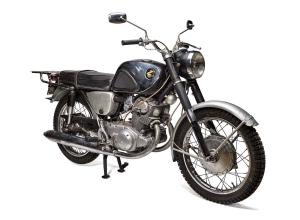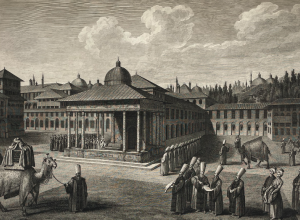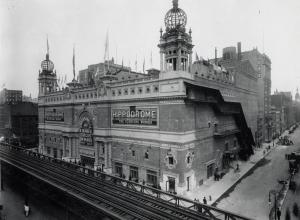July 2011 |
Battered Books
Last week, the Guardian profiled the charm of battered books:
"Books shouldn't be wilfully mistreated, but we shouldn't handle them with kid gloves. If they pick up imperfections and blemishes, then so what? A less than pristine book is a book with character. As we might, in time, come to look like our geriatric dog, so our books come to share with us the scars and scratches of life."
The condition of a rare book is, of course, an important component of its monetary value. We in the antiquarian book world tend to obsess over condition, with hundreds, and even thousands of dollars, separating the pristine from the damaged. But do we ever secretly value the battered copies of our favorite books more than our flawless copies gathering dust on the shelf?
I know I do. When I've purchased excellent copies of collectable works, my emotions swing from initial joy to drawn out worry. They tend to hover there on the shelf, untouched, unread, out of fear of damaging them. But when I purchase a well-used, well-loved copy, then I can simply relax and enjoy handling the book, running my fingers along the scratches and scuffs of its personal history.
As far as I'm concerned, the best copy of a book is one that proudly shows its age, with telltale signs of its previous owners habits and occupations. Give me a book that smells like the cigar smoke from a 19th century gentleman's library, or that has a martini stain from an errant glass at a 1920s party.
Books are, after all, meant to be used, read, loved.
What are some of your favorite battered books?
Here is one of my mine, an early printing of Travels with Charley, increasingly battered with each reading:















